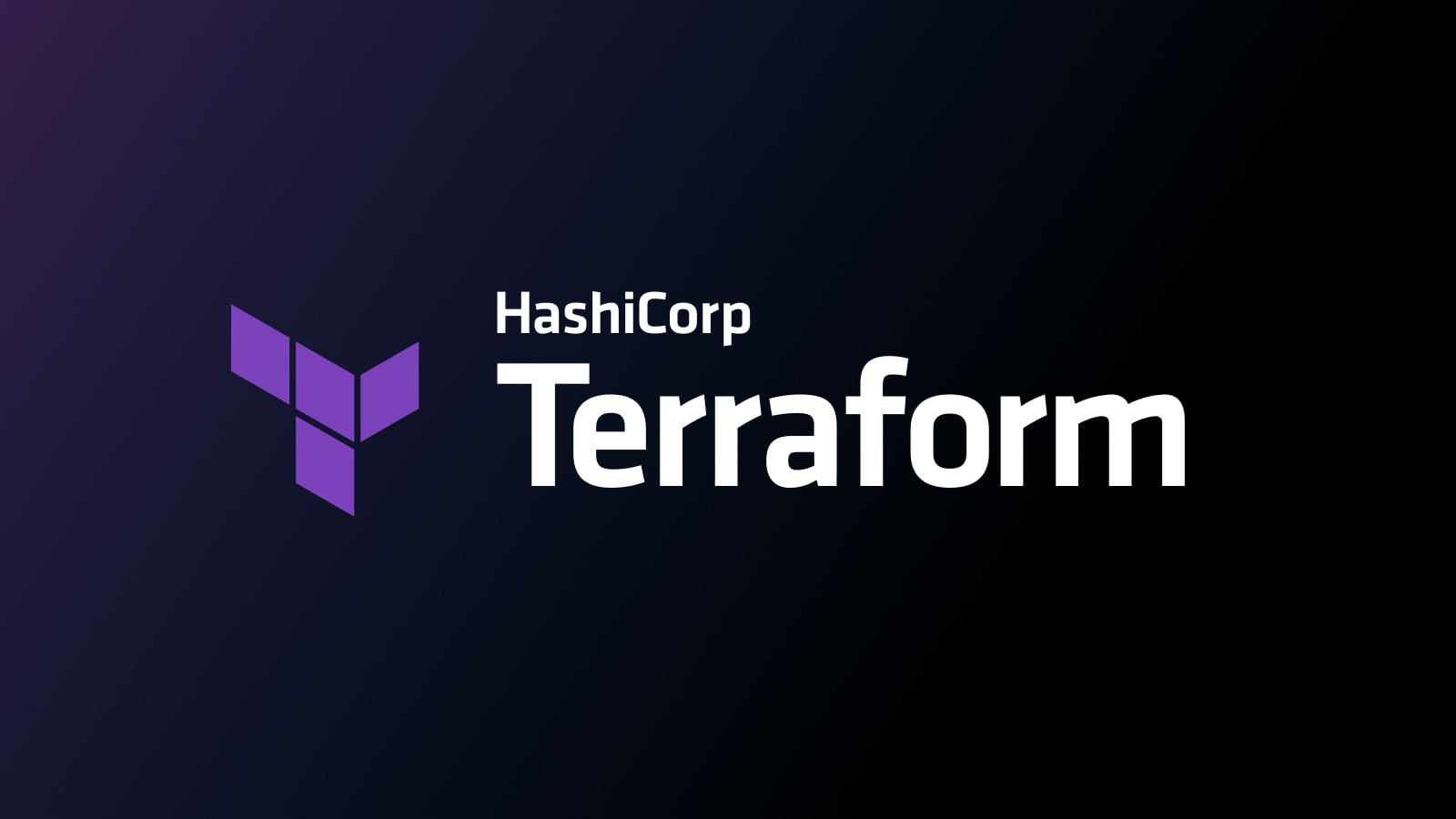Getting Started with Terraform: Your First Steps into Infrastructure as Code
 Angel Chavez
Angel ChavezTable of contents

Salutations Fellow Cloud Enthusiasts!
It's been a while, and I felt like I really needed to get back to making my learning journey public again. Today, we're talking about Infrastructure as Code (IaC), more specifically, Terraform!
First, what is IaC? It's actually several things - it can be an ad hoc script you've whipped up, configuration management like Ansible or Chef, or provisioning tools like Terraform or Pulumi. To me, IaC is a method or tool used to automate and provision cloud infrastructure. Here's what a quick Google search says: "Infrastructure as Code (IaC) is a process that uses code to provision and manage infrastructure instead of manual processes."
Overview + Setup
Common patterns include:
Terraform + Config Management (i.e., Ansible)
Terraform + Server Templates(i.e., Packer)
Terraform + Orchestration (i.e., Kubernetes)
To get started, you'll need to download and install the Hashicorp Repository from the CLI using your local package manager. Once completed, download and install Terraform. Verify the installation by checking your local repolist or typing "terraform --version".
If you're using Fedora 40 with the DNF package manager, here are the steps:
dnf install -y dnf-plugins-core
dnf config-manager --add-repo https://rpm.releases.hashicorp.com/fedora/hashicorp.repo
dnf install terraform -y
terraform --version
If you're using a different OS, just google "how to install terraform from the CLI on [your OS]."
Next, create a basic "bare bones" main.tf file somewhere in your filesystem. Here's a basic example:
terraform {
required_providers {
aws = {
source = "hashicorp/aws"
version = "~> 3.0"
}
}
}
provider "aws" {
region = "us-east-1"
}
resource "aws_instance" "example" {
ami = "ami-0b0ea68c435eb488d" # Ubuntu Xenial Xerus 16.04 LTS
instance_type = "t2.micro"
}
In this example, the first code block defines which provider we're going to use (AWS), followed by defining a default region. In the third code block, we're defining an EC2 instance named "example," using an Ubuntu 16.04 AMI and a t2.micro instance type.
Important: Make sure you have the AWS CLI installed with the correct user credentials/secrets and that the user has proper permissions in AWS to create an EC2 instance, or this won't work!
Finally, in the directory containing your main.tf file, run the following commands:
terraform init
terraform plan # to see what changes you're making
terraform apply
Once done, if you have no error messages, check the AWS EC2 Console to see your instance created and running! This is real power! No longer do you need to create and deploy your cloud infrastructure from the console - the console should only be used for verification purposes!
Avoiding Unwanted Cloud Bills
To avoid acquiring a hefty AWS bill overnight, make sure to run the terraform destroy command to ensure that everything you created is destroyed and not left running:
terraform destroy
Congrats! You just used Terraform to provision AWS resources all from the CLI. You can now build on this, as will I in the coming weeks.
Stay tuned for upcoming blog entries where I'll dive into:
Language Features
Variables & Outputs
Testing
Developer Workflows
And more!
See y'all in the next one!
Subscribe to my newsletter
Read articles from Angel Chavez directly inside your inbox. Subscribe to the newsletter, and don't miss out.
Written by

Angel Chavez
Angel Chavez
I am a cloud student, engineer, husband, father. Just documenting my journey as I learn cloud technologies. Want to connect or potentially hire?! connect with me on Linkedin